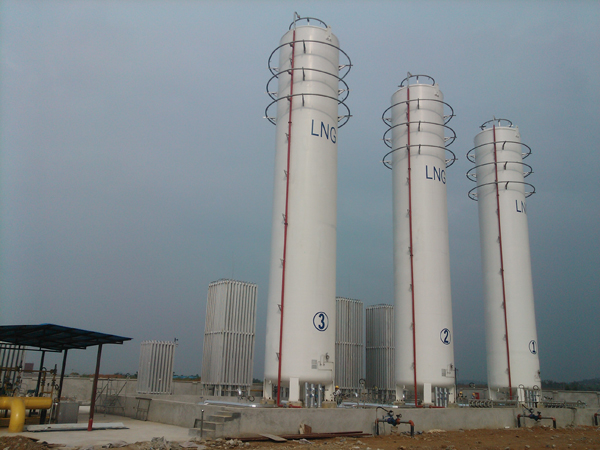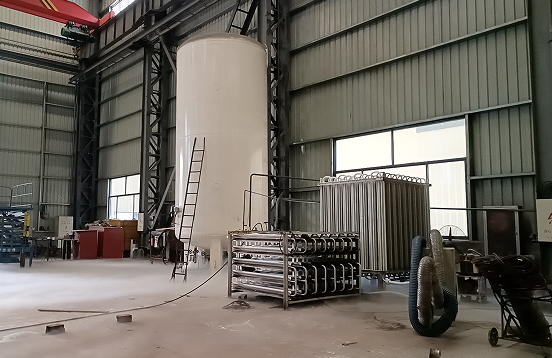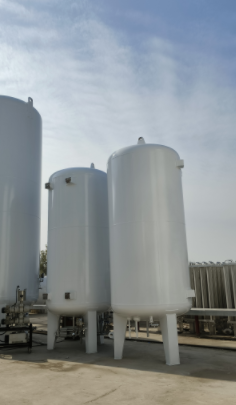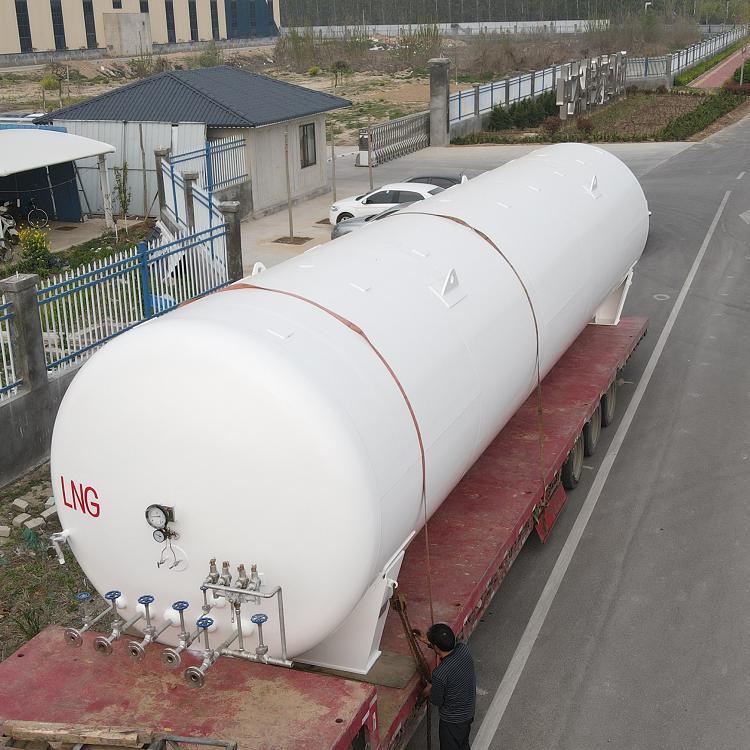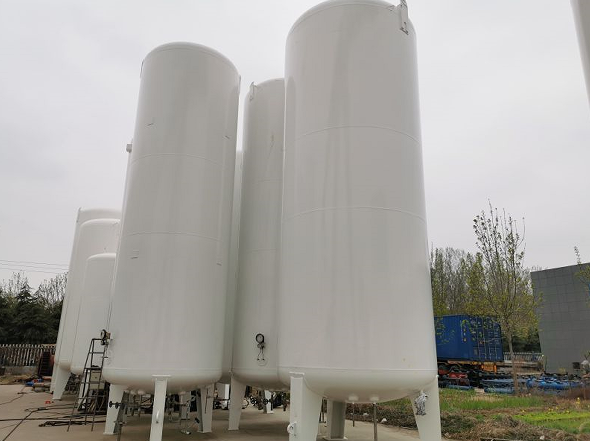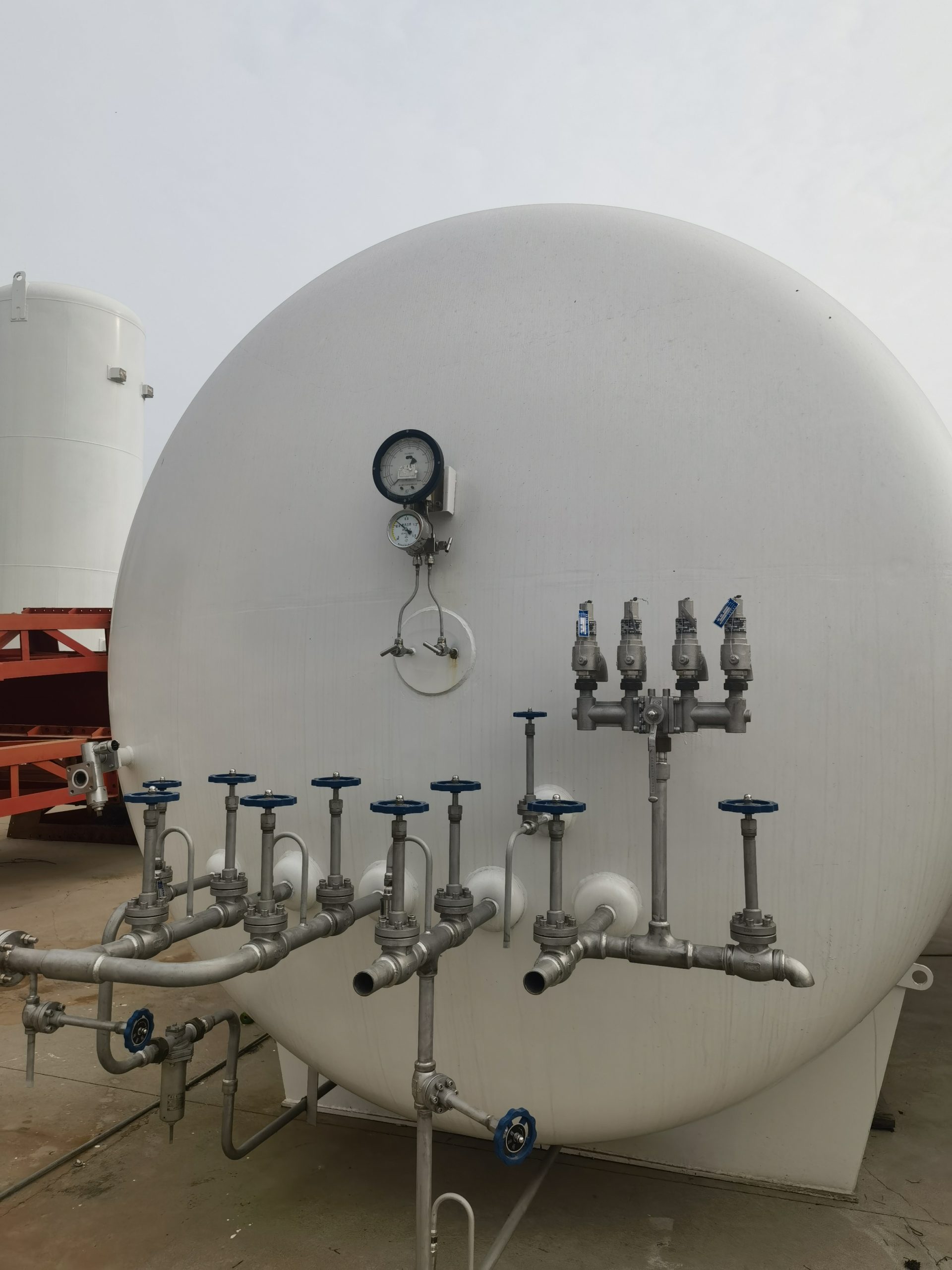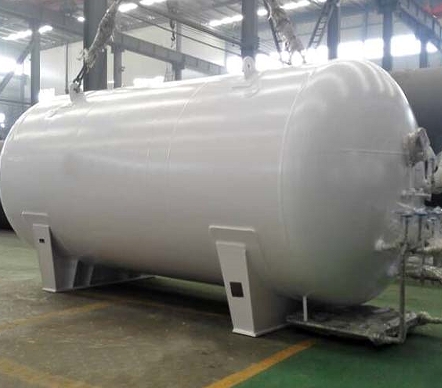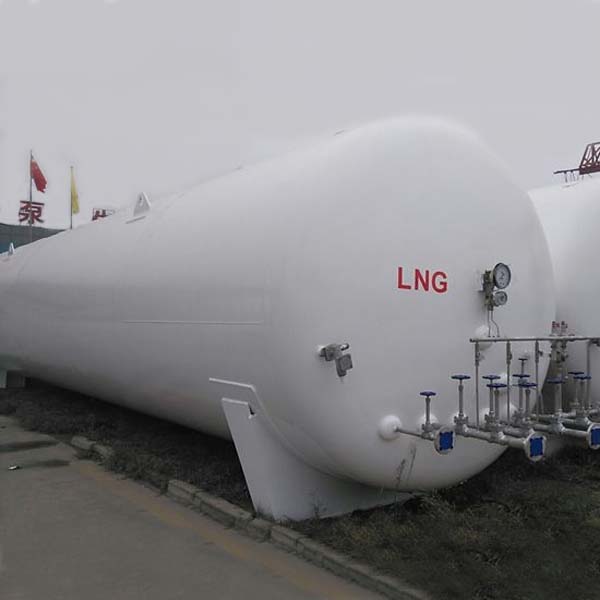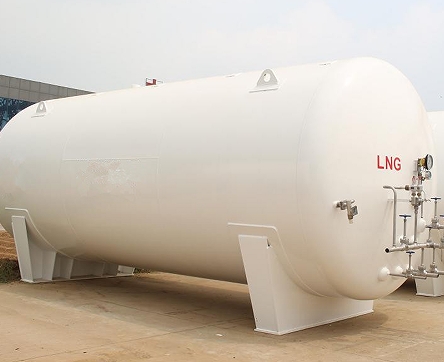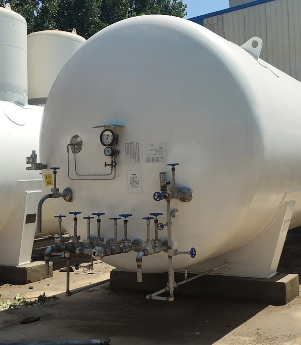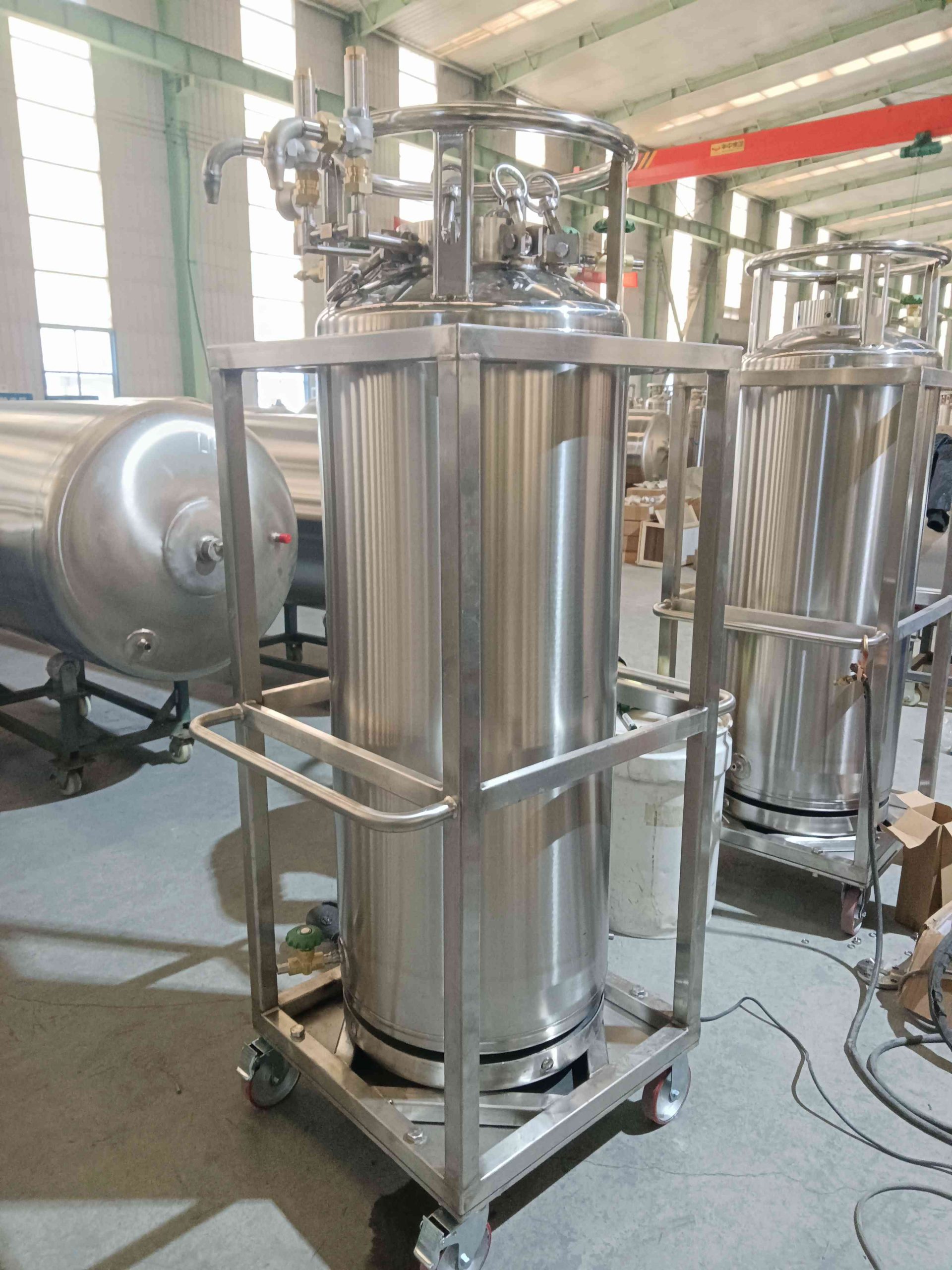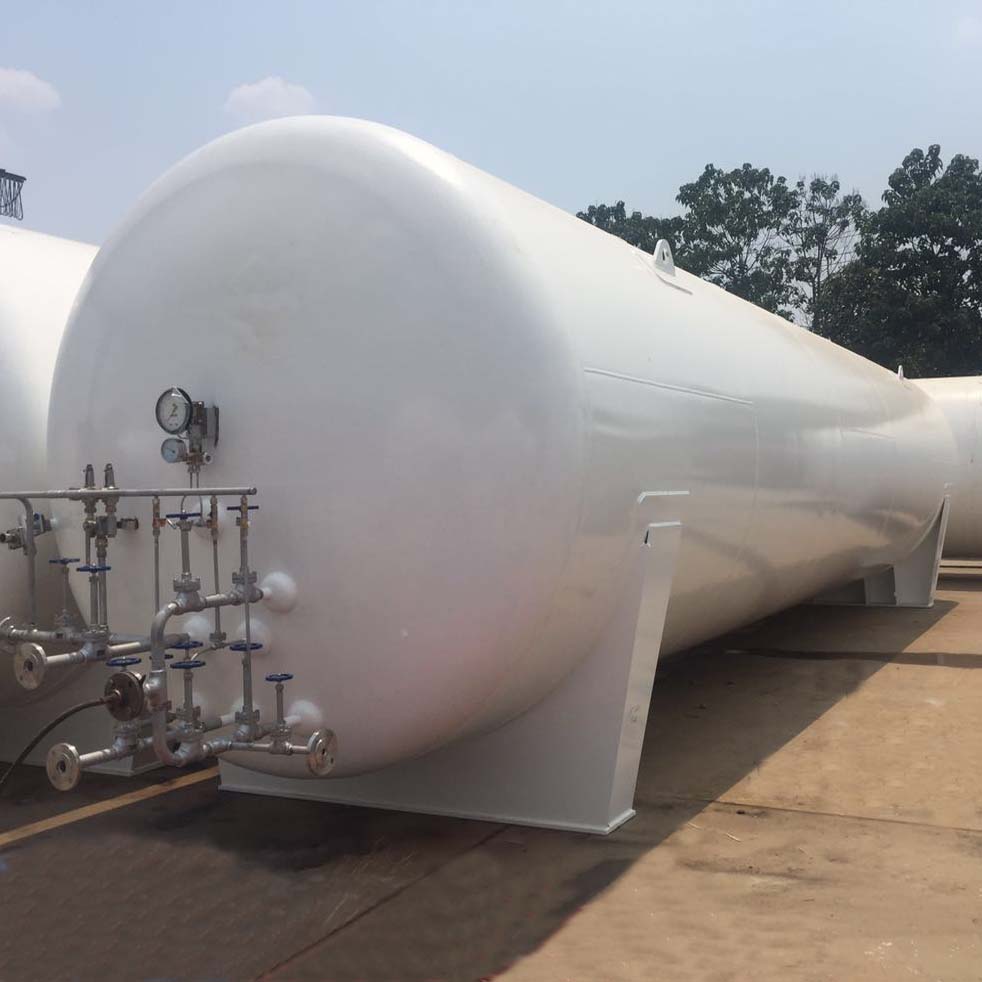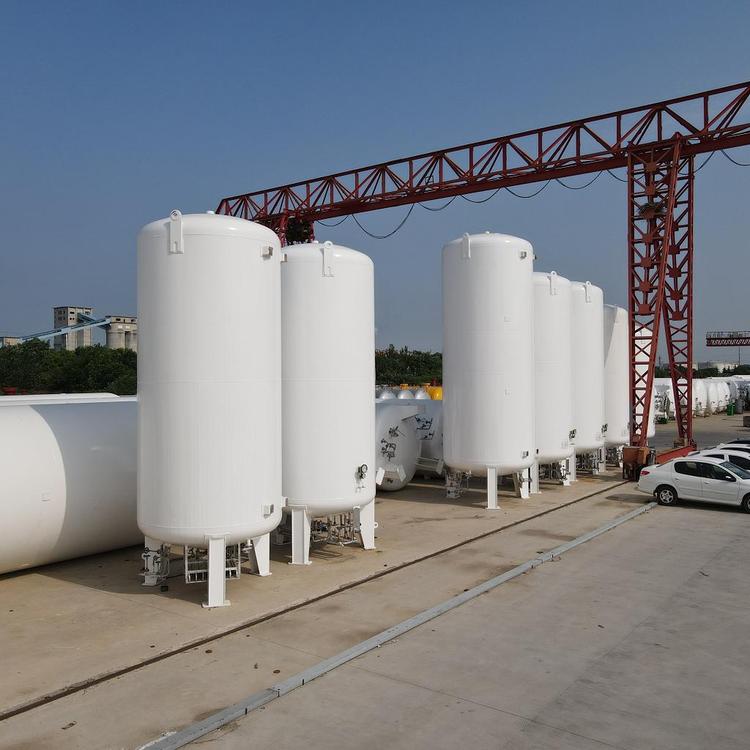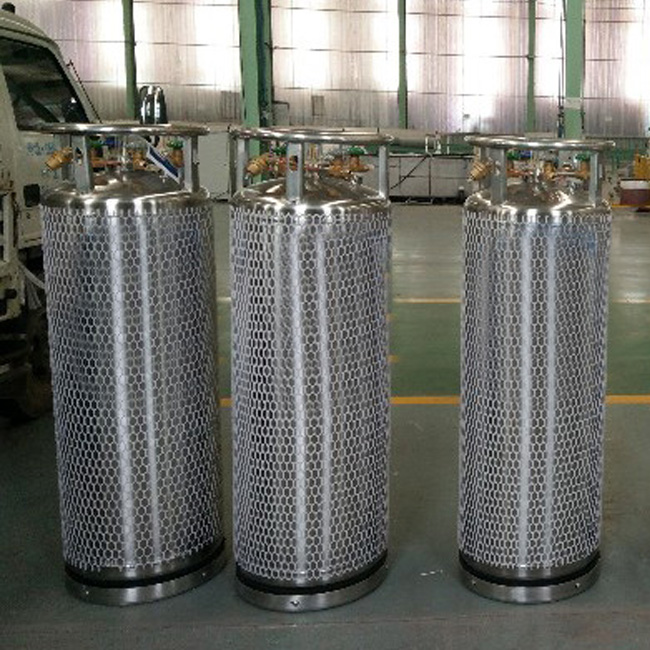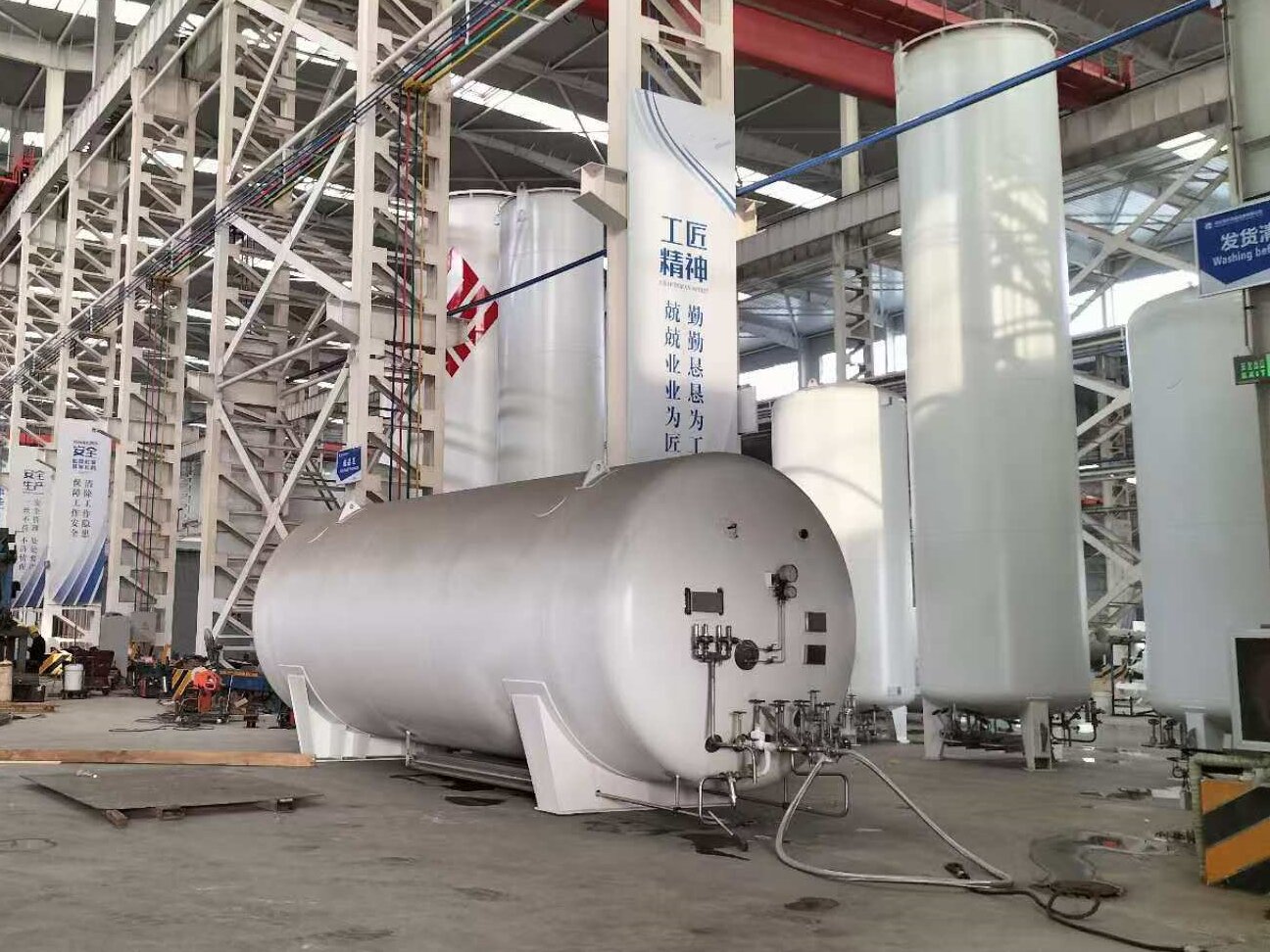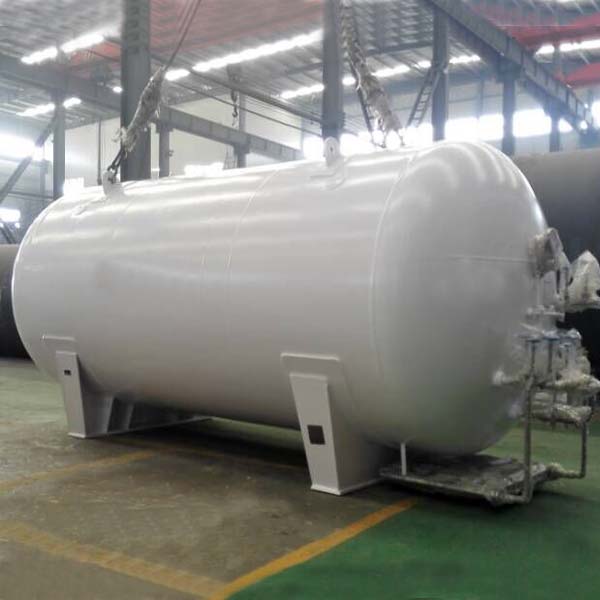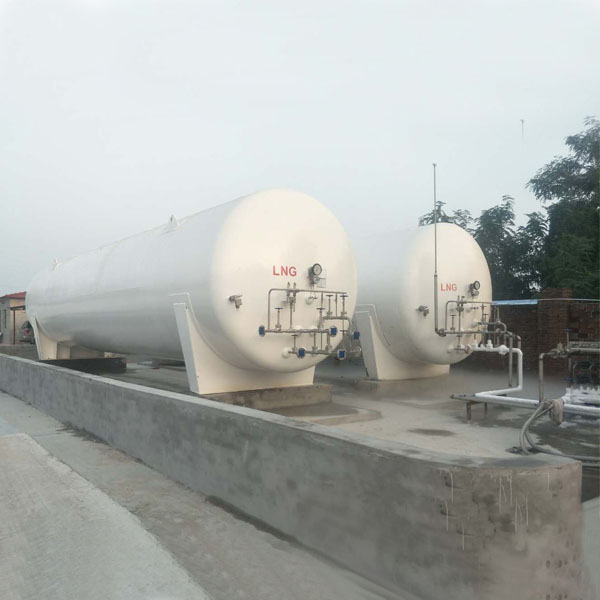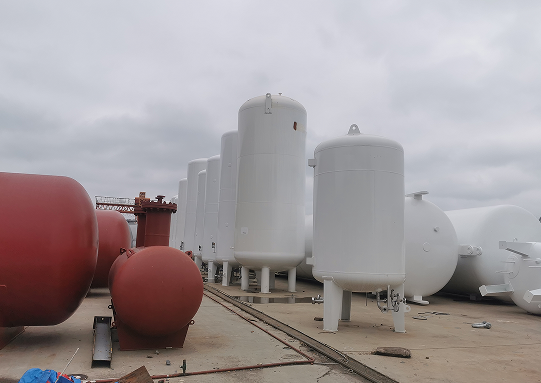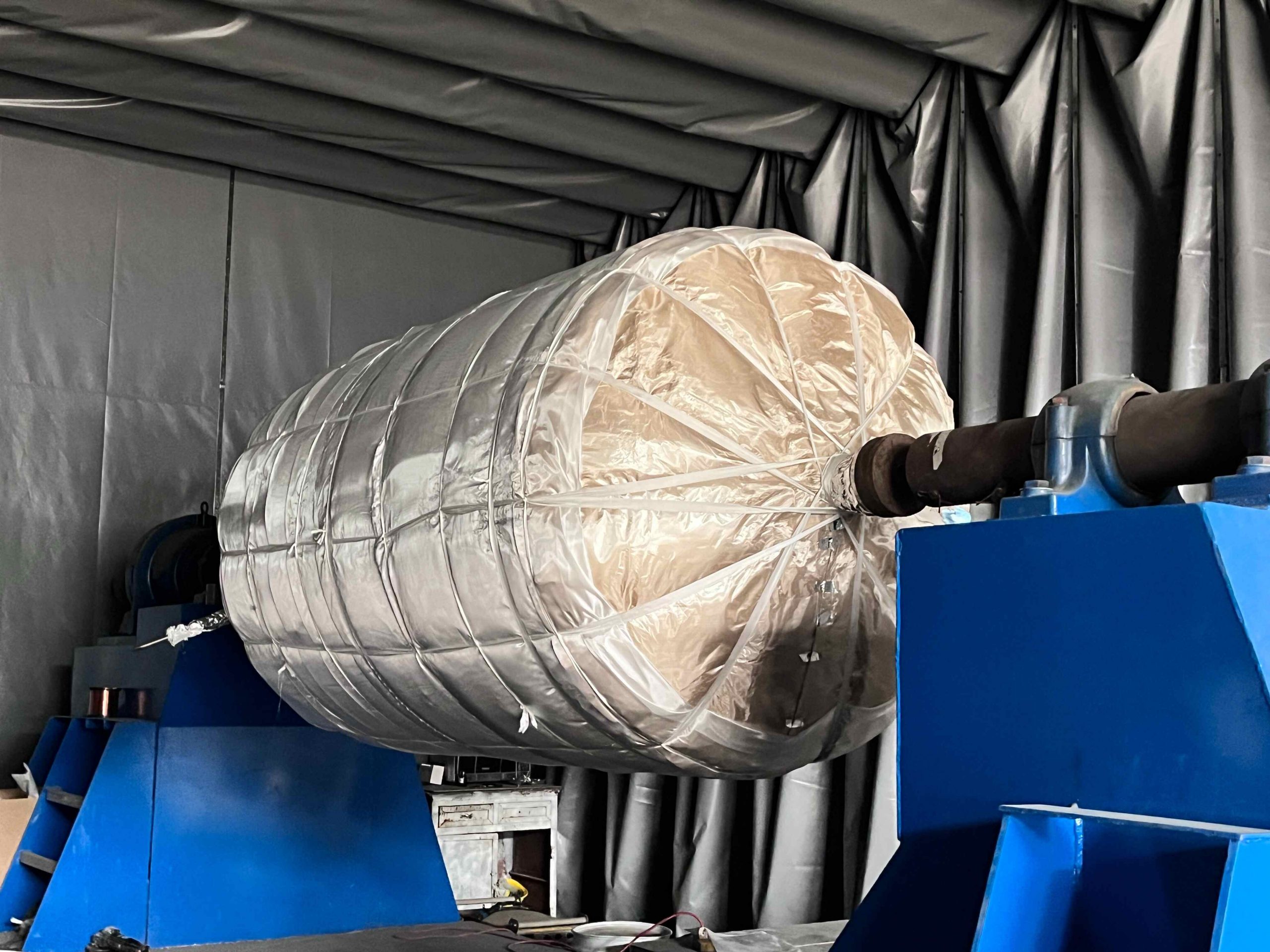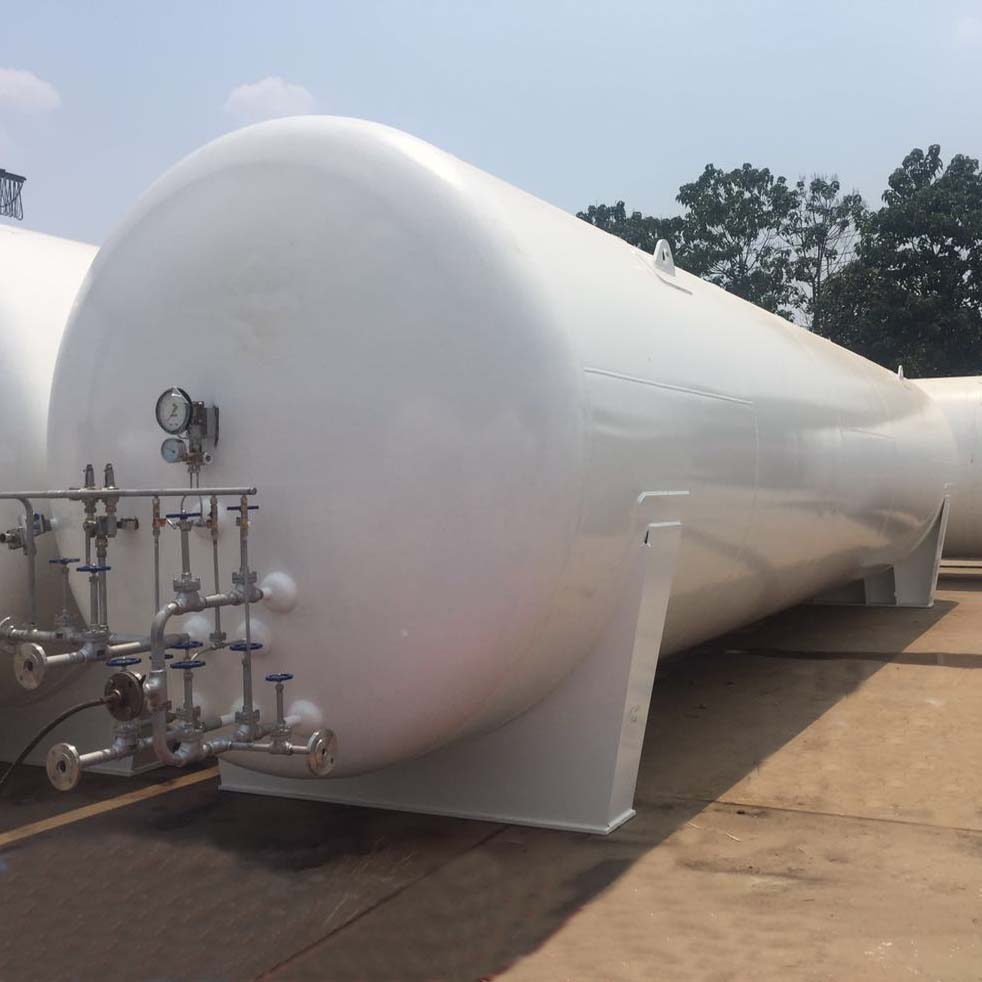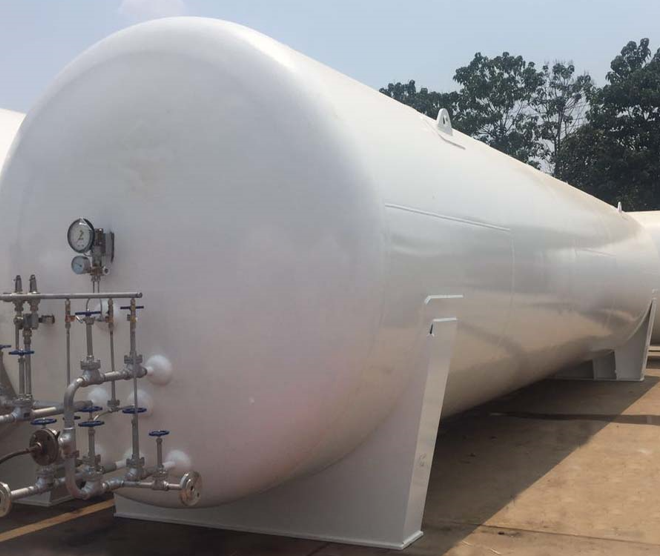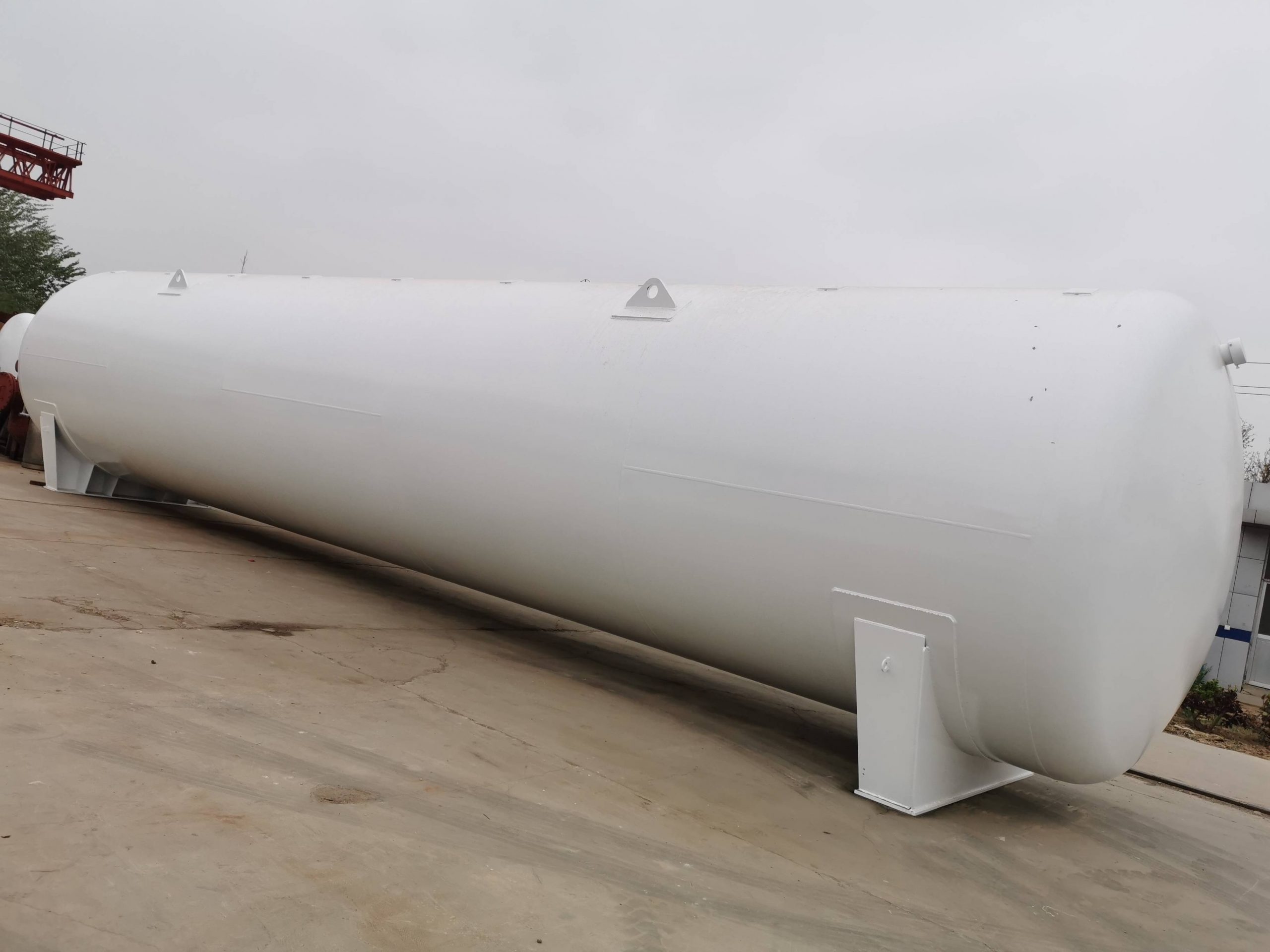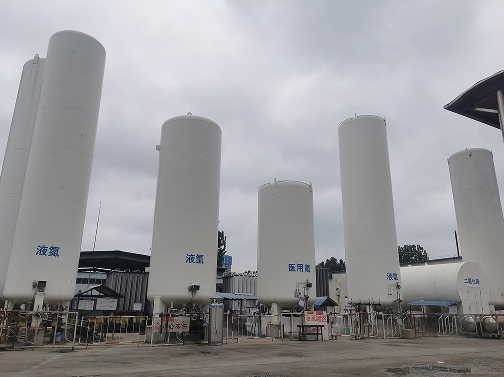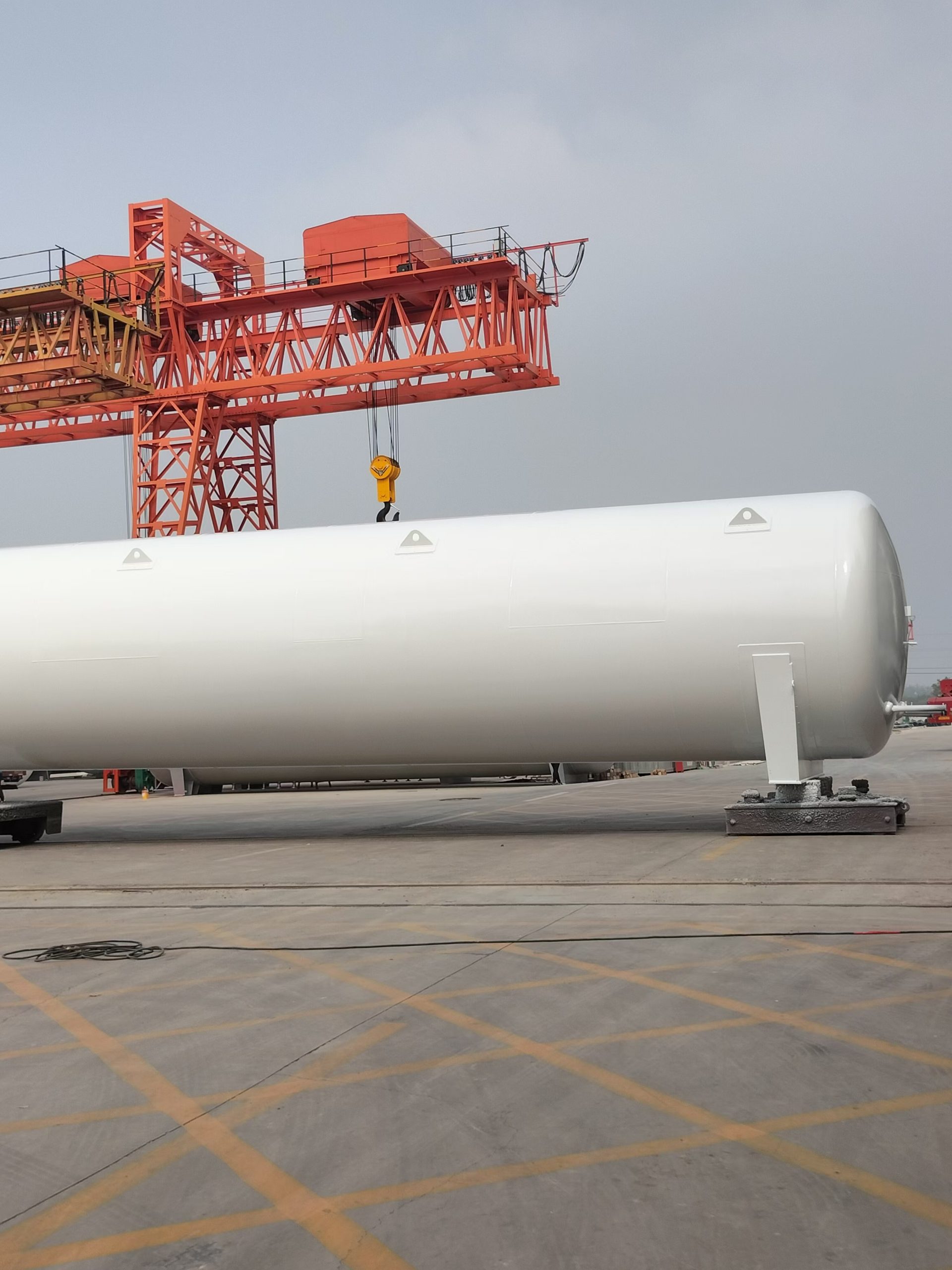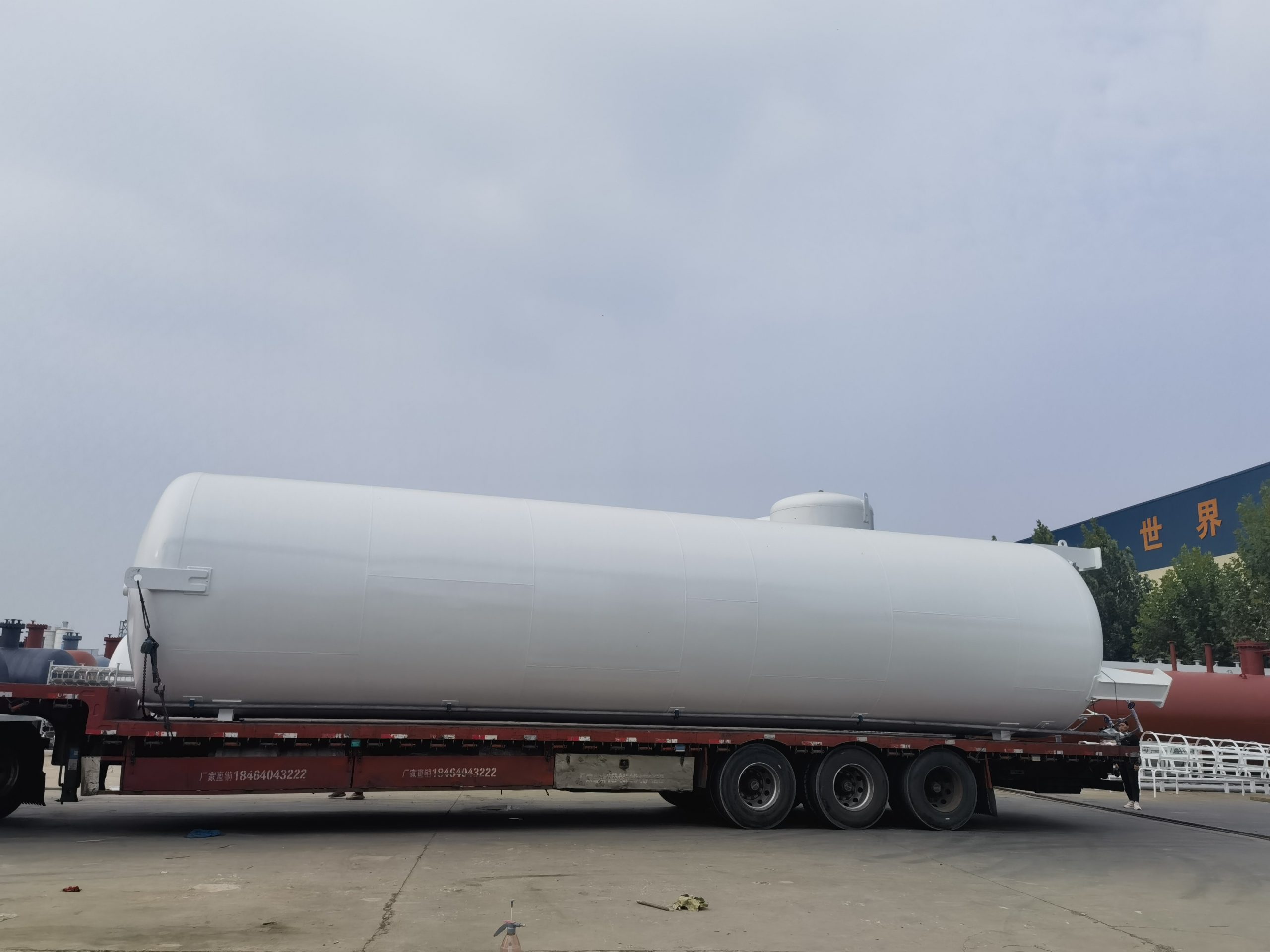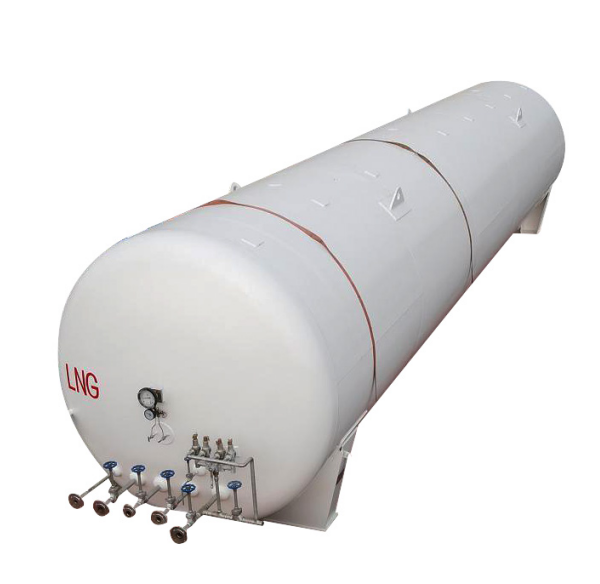LNG tank pressurization
By keeping the temperature low, LNG remains in a liquid state, thus avoiding the problem of pressurization.
LNG storage requires extremely low temperatures (usually around -160°C). Storage tanks usually have a double-layer structure with insulation in the middle to minimize heat transfer. By keeping the temperature low, LNG remains in a liquid state, thus avoiding the problem of pressurization.
When the temperature of LNG rises in the tank or the pressure changes due to external factors, a part of the LNG will be vaporized into natural gas. This gas is called steam.
The steam gas is collected and compressed by a compressor to keep the pressure in the tank within a safe range.
After the gas is compressed, it can be released into a high-pressure gas storage tank through a discharge system or directly into a pipeline system.

